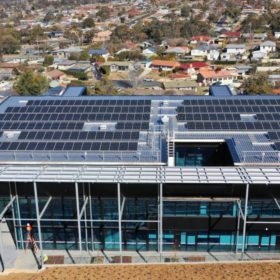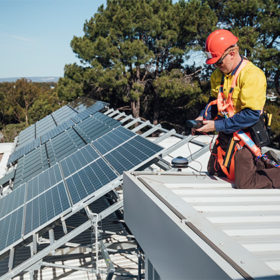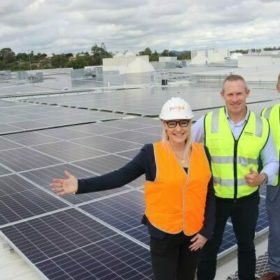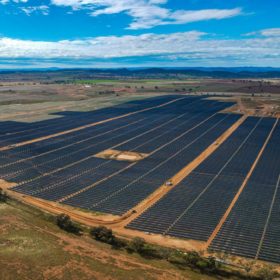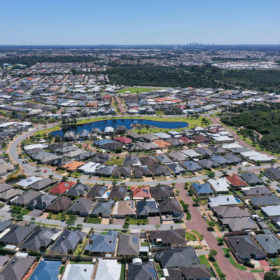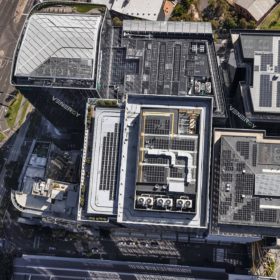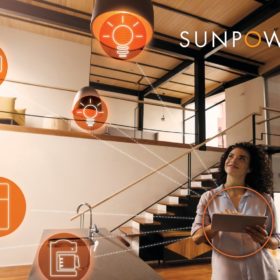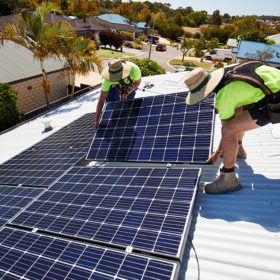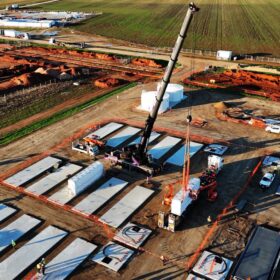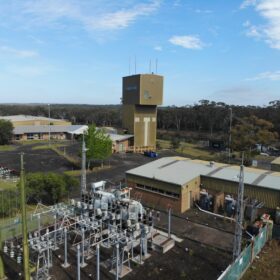Virtual power plant technology on trial in NSW schools
The New South Wales government has announced plans to use part of an estimated eight million square metres of public school roof space to install rooftop solar PV as it seeks to test the most effective ways to generate, store and export renewable energy into the state’s electricity grid.
Updated standard means change for rooftop solar installers
Australia’s rooftop solar industry has undergone a significant change with a new national standard that removes the requirement for rooftop PV installations to include a DC isolator now in effect.
$150 million loan scheme delivers 20MW rooftop solar rollout
A $150 million loan scheme introduced by the Australian Capital Territory government has sparked an uptake of rooftop solar in Canberra with more than 20MW of new solar PV rolled out across roofs in the nation’s capital.
Shopping complex switches on massive rooftop solar system
The switch has been flicked on what has been labelled one of the Southern Hemisphere’s largest rooftop solar PV systems with Queensland government-owned Yurika announcing an almost 5MW system installed atop the Logan Hyperdome Shopping Centre is now operational.
Amazon announces two new solar farms now online in NSW
Two new solar farms in regional New South Wales are now delivering clean energy to the National Electricity Market with e-commerce giant Amazon announcing its first Australian utility-scale renewable energy investments and are now operational.
VPP pilot provides glimpse of future in DER-rich grid
Western Australia has been offered a glimpse of its energy future with the $35 million Project Symphony aggregating its first package of residentially generated energy and successfully participating in a simulated two-way Wholesale Electricity Market.
Solar tech advances to trigger switch for skyscrapers
As people have gradually migrated to the world’s cities, urban areas have migrated upward to scrape the sky. And yet, while one of the first principles of power generation is to generate as close as possible to the point of consumption, energy systems have long been designed to deliver electricity to major cities from distant hubs. But now, thanks to recent advances in solar panel energy density and building-integrated PV, vertical cities could soon be standing tall under their own power.
Maxeon unveils home energy management system
Maxeon Solar Technologies has released an integrated home energy management system to engage with solar PV, batteries, heating, cooling, and appliances.
Victorian networks seek smart solutions to counter grid constraints
A trio of Victorian electricity distributors are turning to new, smarter technologies including more battery energy storage systems and demand management programs as they seek to meet changing customer needs and improve grid reliability in areas where the low-voltage distribution network is constrained.
Territory reveals plans to reduce solar feed-in tariff
An estimated 13,000 rooftop solar PV customers in Australia’s far north face having their feed-in tariff for solar power exported to the grid slashed by more than half with the Northern Territory government revealing plans to usher in changes to the existing scheme from 1 July.
